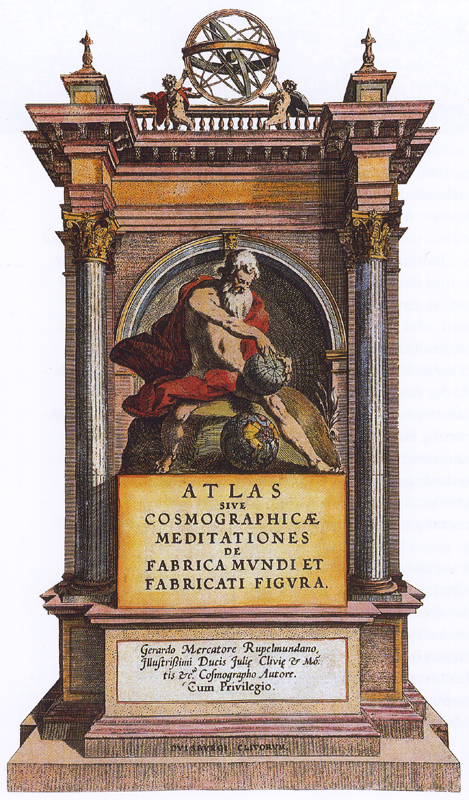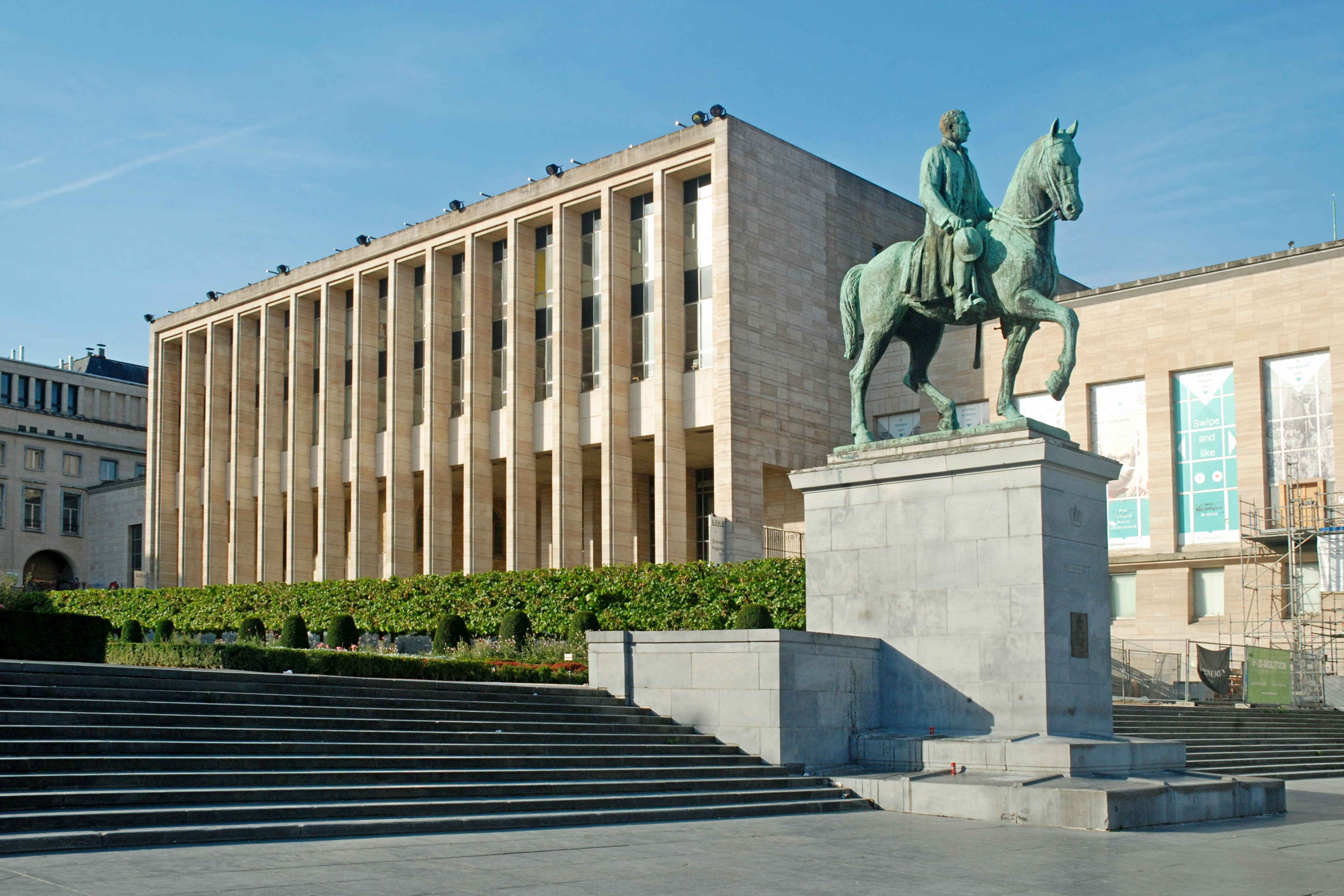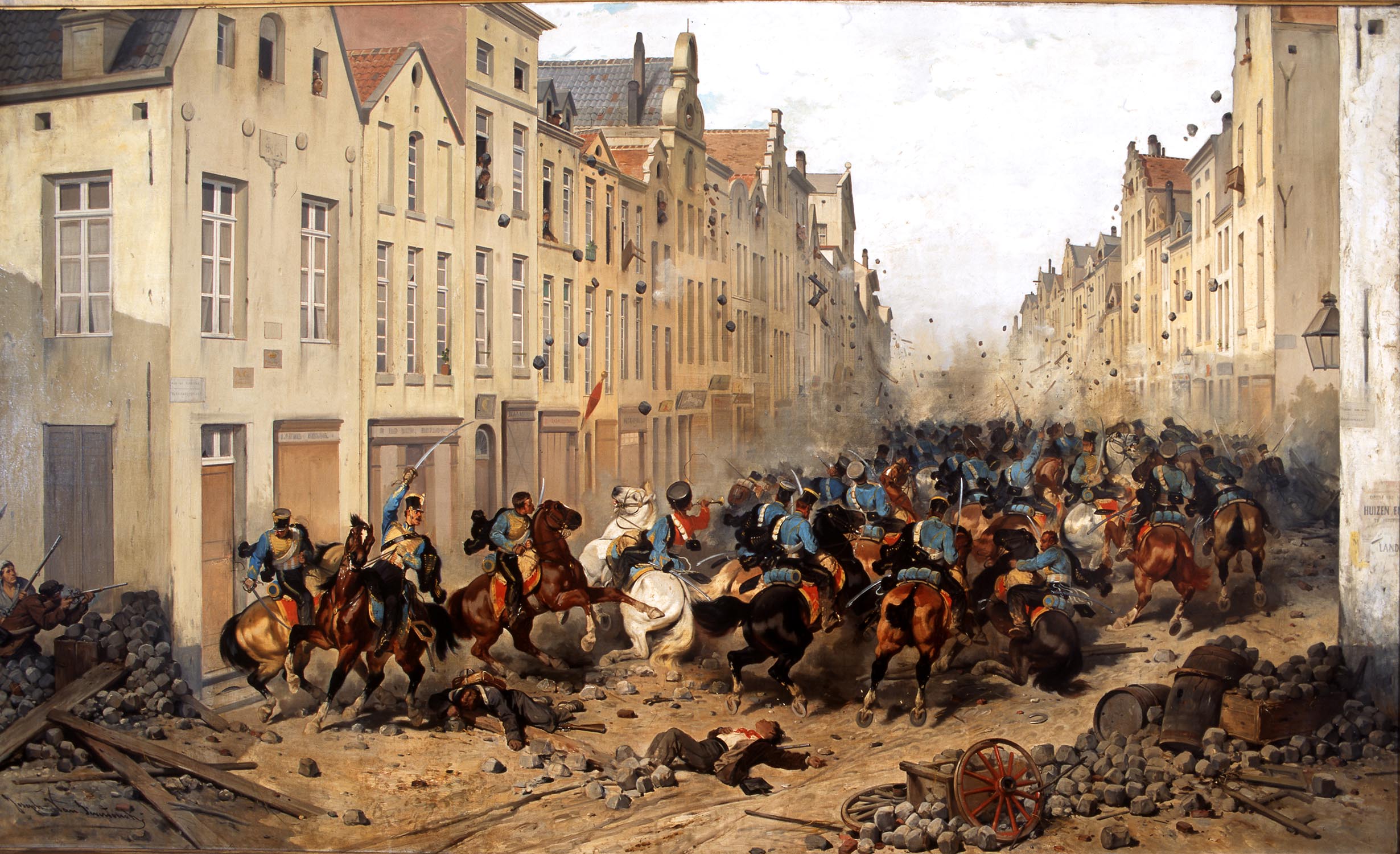|
Royal Library Of Belgium
The Royal Library of Belgium ( ; ; , abbreviated ''KBR'' and sometimes nicknamed in French or in Dutch) is the national library of Belgium. The library has a history that goes back to the age of the Duke of Burgundy, Dukes of Burgundy. In the second half of the 20th century, a new building was constructed on the Mont des Arts, Mont des Arts/Kunstberg in central Brussels, near the Brussels Central Station, Central Station. The library owns several collections of historical importance, like the Library of the Dukes of Burgundy, and is the depository for all books ever published in Belgium or abroad by Belgian authors. There are four million bound volumes in the Royal Library, including a rare book collection numbering 45,000 works. The library has more than 750,000 prints, drawings and photographs, 150,000 maps and plans, and more than 250,000 objects, from coins to scales to monetary weights. This coin collection holds one of the most valuable coins in the field of numismati ... [...More Info...] [...Related Items...] OR: [Wikipedia] [Google] [Baidu] |
Equestrian Statue Of Albert I, Brussels
The equestrian statue of Albert I (; ) is a bronze equestrian statue erected in Brussels, Belgium, in memory of King Albert I of Belgium, Albert I, third List of Belgian monarchs, King of the Belgians. It was created by the sculptor in 1951.Statue équestre d’Albert Ier – Bruxelles be-monumen.be The statue stands on the /, at the point where the Mont des Arts, Mont des Arts/Kunstberg joins the /, and a few tens of metres from the Royal Library of Belgium (KBR). This area is served by Brussels-Central railway station. History The accidental death of King Albert I of Belgium, Albert I in 1934 aroused great emotion in Belgium, prompting many cities to pay homage to him. In Brussels, the question o ...[...More Info...] [...Related Items...] OR: [Wikipedia] [Google] [Baidu] |
Siege Of Brussels
The siege of Brussels took place between January and February 1746 during the War of the Austrian Succession. A French army under the overall command of Maurice de Saxe, in a bold and innovative winter campaign besieged and captured the city of Brussels, which was then the capital of the Austrian Netherlands, from its Austrian garrison. The French were boosted by the fact that a large part of the Allied army was forced to return to Britain where a Jacobite Rising of 1745 had broken out and Bonnie Prince Charlie had won a stunning victory at the Battle of Prestonpans. This left very few troops to actively oppose the French forces. After the French made two breaches in the walls of Brussels, the Austrian defenders were compelled to surrender on 22 February in a siege that lasted just three weeks. The governor of the Austrian Netherlands, Count Kaunitz, was forced to withdraw his administration north to Antwerp. The siege severely damaged his view of Austria's allies, pri ... [...More Info...] [...Related Items...] OR: [Wikipedia] [Google] [Baidu] |
Atlas Van Gerard Mercator (1595) - KBR 27-8-2016 11-33-21
An atlas is a collection of maps; it is typically a bundle of maps of Earth or of a continent or region of Earth. Advances in astronomy have also resulted in atlases of the celestial sphere or of other planets. Atlases have traditionally been bound into book form, but today, many atlases are in multimedia formats. In addition to presenting geographical features and political boundaries, many atlases often feature geopolitical, social, religious, and economic statistics. They also have information about the map and places in it. Etymology The use of the word "atlas" in a geographical context dates from 1595 when the German-Flemish geographer Gerardus Mercator published ("Atlas or cosmographical meditations upon the creation of the universe and the universe as created"). This title provides Mercator's definition of the word as a description of the creation and form of the whole universe, not simply as a collection of maps. The volume that was published posthumously one year ... [...More Info...] [...Related Items...] OR: [Wikipedia] [Google] [Baidu] |
Royal Library Of Belgium
The Royal Library of Belgium ( ; ; , abbreviated ''KBR'' and sometimes nicknamed in French or in Dutch) is the national library of Belgium. The library has a history that goes back to the age of the Duke of Burgundy, Dukes of Burgundy. In the second half of the 20th century, a new building was constructed on the Mont des Arts, Mont des Arts/Kunstberg in central Brussels, near the Brussels Central Station, Central Station. The library owns several collections of historical importance, like the Library of the Dukes of Burgundy, and is the depository for all books ever published in Belgium or abroad by Belgian authors. There are four million bound volumes in the Royal Library, including a rare book collection numbering 45,000 works. The library has more than 750,000 prints, drawings and photographs, 150,000 maps and plans, and more than 250,000 objects, from coins to scales to monetary weights. This coin collection holds one of the most valuable coins in the field of numismati ... [...More Info...] [...Related Items...] OR: [Wikipedia] [Google] [Baidu] |
Maurice Houyoux
Maurice may refer to: * Maurice (name), a given name and surname, including a list of people with the name Places * or Mauritius Mauritius, officially the Republic of Mauritius, is an island country in the Indian Ocean, about off the southeastern coast of East Africa, east of Madagascar. It includes the main island (also called Mauritius), as well as Rodrigues, Ag ..., an island country in the Indian Ocean * Maurice, Iowa, a city * Maurice, Louisiana, a village * Maurice River, a tributary of the Delaware River in New Jersey Other uses * ''Maurice'' (2015 film), a Canadian short drama film * Maurice (horse), a Thoroughbred racehorse * ''Maurice'' (novel), a 1913 novel by E. M. Forster, published in 1971 ** ''Maurice'' (1987 film), a British film based on the novel * ''Maurice'' (Shelley), a children's story by Mary Shelley *Maurice, a character from the Madagascar ''franchise'' * Maurices, an American retail clothing chain *Maurice or Maryse, a type of cooking spa ... [...More Info...] [...Related Items...] OR: [Wikipedia] [Google] [Baidu] |
Albert I Of Belgium
Albert I (8 April 1875 – 17 February 1934) was King of the Belgians from 23 December 1909 until his death in 1934. He is popularly referred to as the Knight King (, ) or Soldier King (, ) in Belgium in reference to his role during World War I. Albert was born in Brussels as the fifth child and second son of Prince Philippe, Count of Flanders, and Princess Marie of Hohenzollern-Sigmaringen, Albert succeeded his uncle Leopold II of Belgium, Leopold II to the Belgian throne in 1909. He married Elisabeth of Bavaria, Queen of the Belgians, Elisabeth of Bavaria, with whom he had three children. Albert ruled during an eventful period in the history of Belgium, which included the period of Belgium in World War I, World War I (1914–1918), when most of Belgium was German occupation of Belgium during World War I, occupied by German forces. Other crucial events of his reign included the adoption of the Treaty of Versailles in June 1919, the ruling of the Belgian Congo as an overseas po ... [...More Info...] [...Related Items...] OR: [Wikipedia] [Google] [Baidu] |
Chronicles Of Hainaut
The Chronicles of Hainaut is an illuminated manuscript in three volumes, tracing the history of the county of Hainaut up to the end of the 14th century. Its text was produced around 1446-1450 by Jean Wauquelin as a French translation of , a three-volume Latin work produced by Jacques de Guise around 1390-1396. It was made for Philip the Good of Burgundy and is now in the Royal Library of Belgium in Brussels. Its frontispiece is a 1447 miniature by Rogier van der Weyden showing Waquelin kneeling to present the book to Philip. Beside Philip is his thirteen or fourteen year old son Charles the Bold. To the left, the figure in blue is chancellor Nicolas Rolin and the one in red is Jean Chevrot, bishop of Tournai. The group of people to the right are eight members of the Order of the Golden Fleece The Distinguished Order of the Golden Fleece (, ) is a Catholic order of chivalry founded in 1430 in Brugge by Philip the Good, Duke of Burgundy, to celebrate his marriage to I ... [...More Info...] [...Related Items...] OR: [Wikipedia] [Google] [Baidu] |
Palace Of Industry
A palace is a large residence, often serving as a royal residence or the home for a head of state or another high-ranking dignitary, such as a bishop or archbishop. The word is derived from the Latin name palātium, for Palatine Hill in Rome which housed the Roman Empire, Imperial residences. Most European languages have a version of the term (''palats'', ''palais'', ''palazzo'', ''palacio'', etc.) and many use it to describe a broader range of buildings than English. In many parts of Europe, the equivalent term is also applied to large private houses in cities, especially of the aristocracy. It is also used for some large official buildings that have never had a residential function; for example in French-speaking countries ''Palais de Justice'' is the usual name of important courthouses. Many historic palaces such as parliaments, museums, hotels, or office buildings are now put to other uses. The word is also sometimes used to describe an elaborate building used for public ent ... [...More Info...] [...Related Items...] OR: [Wikipedia] [Google] [Baidu] |
Charles Van Hulthem
Charles Joseph Emmanuel van Hulthem (17 April 1764 – 16 December 1832) was a bibliophile from the Low Countries whose collection of books provided the first kernel of the Royal Library of Belgium. Life Charles was born in Ghent in the County of Flanders (Austrian Netherlands) on 17 April 1764, the youngest of the nine children of Joseph-François van Hulthem and Isabelle vander Beke. He lost his father when still small, and was educated in the Augustinian College and the Collège Royal in Ghent.Victor Jacques, "Hulthem (Charles-Joseph-Emmanuel van)", ''Biographie Nationale de Belgique''vol. 9(Brussels, 1887), 692-705. After finishing his secondary education he was sent to Lille to be trained in commerce, but after 15 months he begged his uncles to send him to university, and was allowed to matriculate at Leuven University. He graduated Bachelor of Law in 1788. As a student he had spent the vacations travelling to libraries, and had got to know Jean-Noël Paquot, whose manuscript ... [...More Info...] [...Related Items...] OR: [Wikipedia] [Google] [Baidu] |
Belgian Revolution
The Belgian Revolution (, ) was a conflict which led to the secession of the southern provinces (mainly the former Southern Netherlands) from the United Kingdom of the Netherlands and the establishment of an independent Kingdom of Belgium. The people of the south were mainly Flemish people, Flemings and Walloons. Both peoples were traditionally Roman Catholic as contrasted with Protestant-dominated (Dutch Reformed) people of the north. Many outspoken liberals regarded William I of the Netherlands, King William I's rule as despotic. There were high levels of unemployment and industrial unrest among the working classes. On 25 August 1830, riots erupted in Brussels and shops were looted. Theatergoers who had just watched the nationalistic opera ''La muette de Portici'' joined the mob. Uprisings followed elsewhere in the country. Factories were occupied and machinery destroyed. Order was restored briefly after William committed troops to the Southern Provinces but rioting continued ... [...More Info...] [...Related Items...] OR: [Wikipedia] [Google] [Baidu] |
Palace Of Charles Of Lorraine
The Palace of Charles of Lorraine (; ) is a neoclassical palace in the Royal Quarter of Brussels, Belgium. Its construction started in 1757 to serve as the residence of the Governor of the Habsburg Netherlands, Prince Charles Alexander of Lorraine, replacing the Palace of Orange-Nassau. It currently houses a museum, part of the Royal Library of Belgium (KBR). Located on what is now the /, the palace lies atop the Coudenberg hill, not far from the Place Royale/Koningsplein and the Mont des Arts/Kunstberg, as well as institutions such as the Royal Palace of Brussels and the Royal Museums of Fine Arts of Belgium. This area is served by Brussels-Central railway station, as well as by the metro stations Parc/Park (on lines 1 and 5) and Trône/Troon (on lines 2 and 6). History Inception and construction The construction of the current palace was started in 1757 on the site where the former Palace of Orange-Nassau, the Nassau Palace, had stood. It was to serve as ... [...More Info...] [...Related Items...] OR: [Wikipedia] [Google] [Baidu] |
Congress Of Vienna
The Congress of Vienna of 1814–1815 was a series of international diplomatic meetings to discuss and agree upon a possible new layout of the European political and constitutional order after the downfall of the French Emperor Napoleon, Napoleon Bonaparte. Participants were representatives of all European powers (other than the Ottoman Empire) and other stakeholders. The Congress was chaired by Austrian Empire, Austrian statesman Klemens von Metternich, and was held in Vienna from September 1814 to June 1815. The objective of the Congress was to provide a long-term peace plan for Europe by settling critical issues arising from the French Revolutionary Wars and the Napoleonic Wars through negotiation. The goal was not simply to restore old boundaries, but to resize the main powers so they could European balance of power, balance each other and remain at peace, being at the same time shepherds for the smaller powers. More generally, conservative leaders like Metternich also soug ... [...More Info...] [...Related Items...] OR: [Wikipedia] [Google] [Baidu] |





